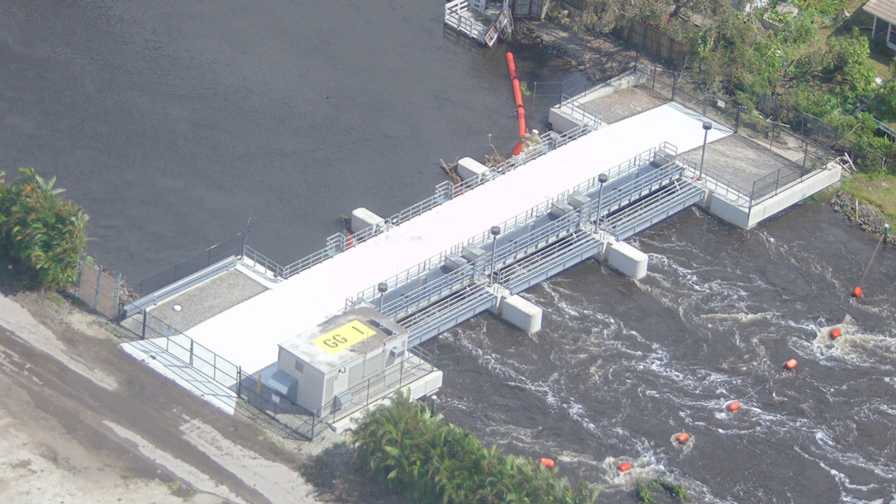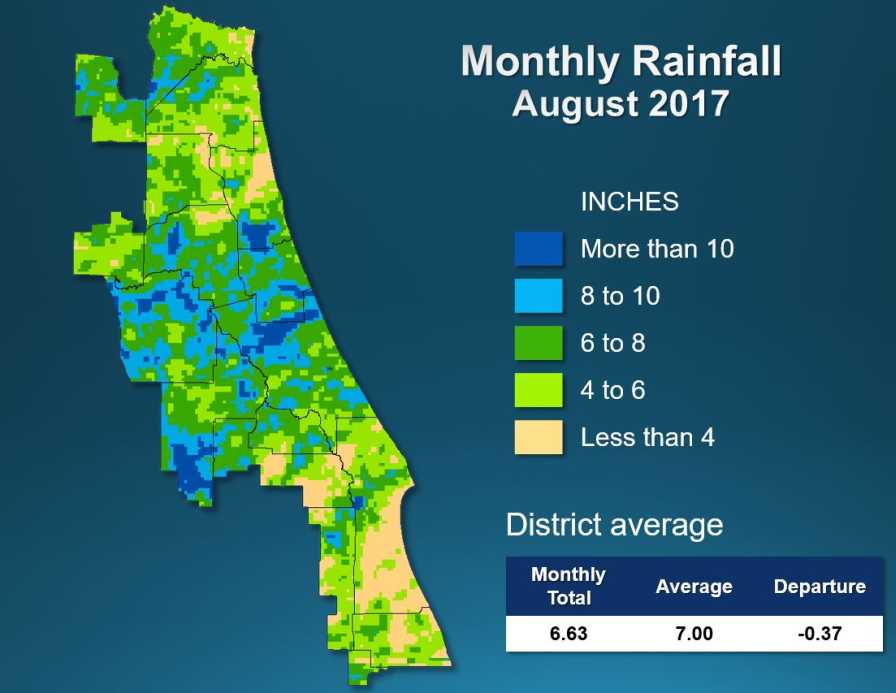Water Management Concerns Flowing in Florida After Irma

Taken during a reconnaissance flight following Hurricane Irma, South Florida Water Management District’s (SFWMD) pump station at Big Cypress Basin was working at full capacity.
Image courtesy of SFWMD
In the wake of Hurricane Irma, water management district officials in Florida continue to work overtime to move as much water as possible to prevent further damage from flooding.
South Florida Water Management District (SFWMD) staff took actions as the lakes and other waterways rose from a combination of stormwater runoff and direct rainfall over the area during Hurricane Irma.
According to SFWMD, ongoing operations as of this posting include:
- All structures upstream of Lake Kissimmee are discharging at maximum rates
- Further increased flows through the S-65 structure that moves water from Lake Kissimmee into the Kissimmee River
- Opening the S-65A navigation lock on the Kissimmee River to increase flow; all SFWMD locks on the river remain closed to public recreation to facilitate these operations
Conditions continue to be monitored 24/7, with many eyes still watching water levels on Lake Okeechobee.
As of this posting, the rainfall month to date in September for the district stood at 10.84 inches, compared to the normal monthly average of 5.25 inches.
Water Shortage Warning No More
In a move that shouldn’t surprise anyone, the St. Johns River Water Management District Governing Board voted to rescind the districtwide Water Shortage Warning Order following an extended period of increased rainfall in August.
The Water Shortage Warning Order was originally issued in March due to below-average rainfall and declining groundwater conditions. The purpose of the order was to increase conservation awareness.

Some of the rainfall totals around the St. Johns River Water Management District (SJRWMD) were impressive in August. Just wait until September’s map is released!
Map courtesy of SJRWMD
In August, counties with above-average monthly rainfall included Flagler (8.49 inches), Lake (8.25 inches), Volusia (7.76 inches), Putnam (7.61 inches), Marion (7.87 inches) and Nassau with 6.87 inches.
Brevard, Indian River, Okeechobee, and Osceola counties received below-average monthly rainfall in August, resulting in a deficit of two or more inches for each county.
Given the deluge most of the district received thanks to Irma, groundwater deficits are no longer a concern.
Stay tuned to what the precipitation totals are for September.









